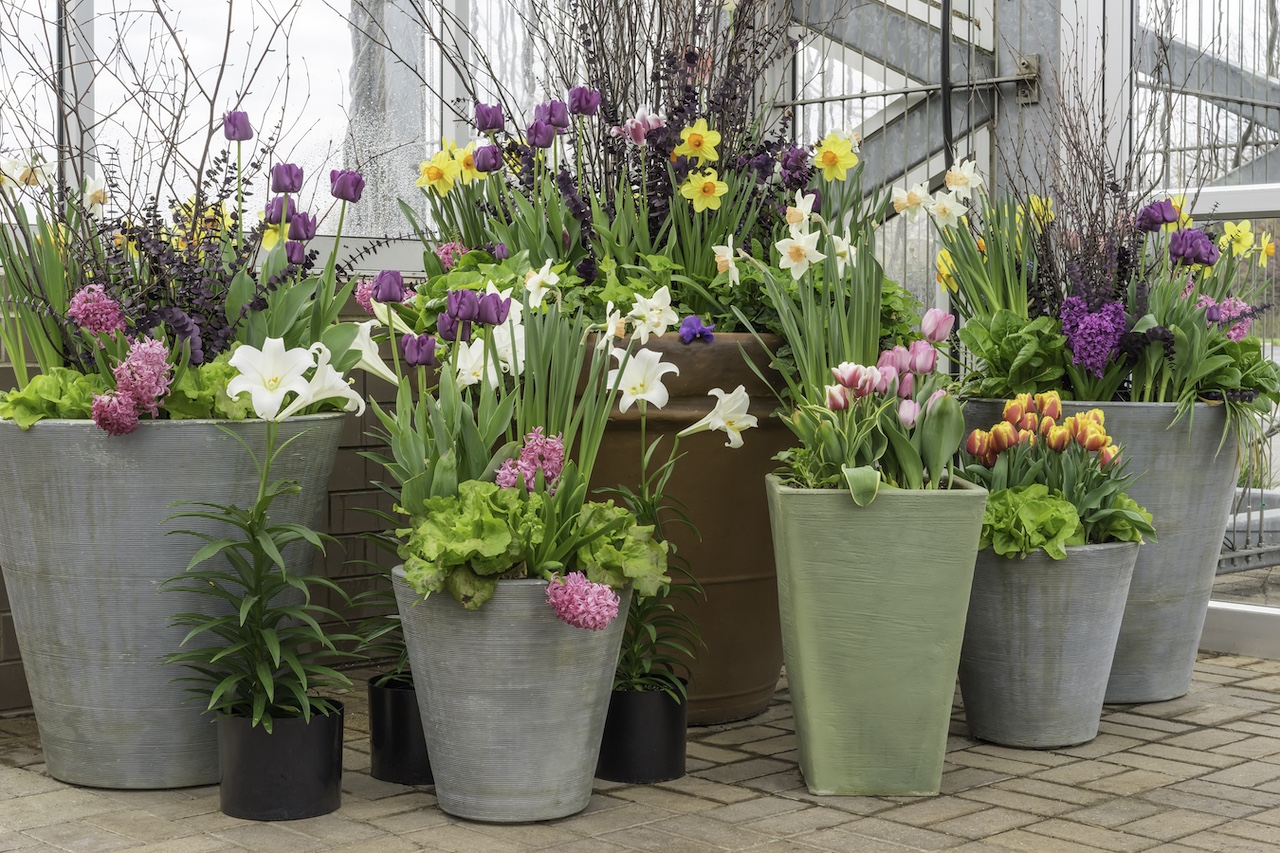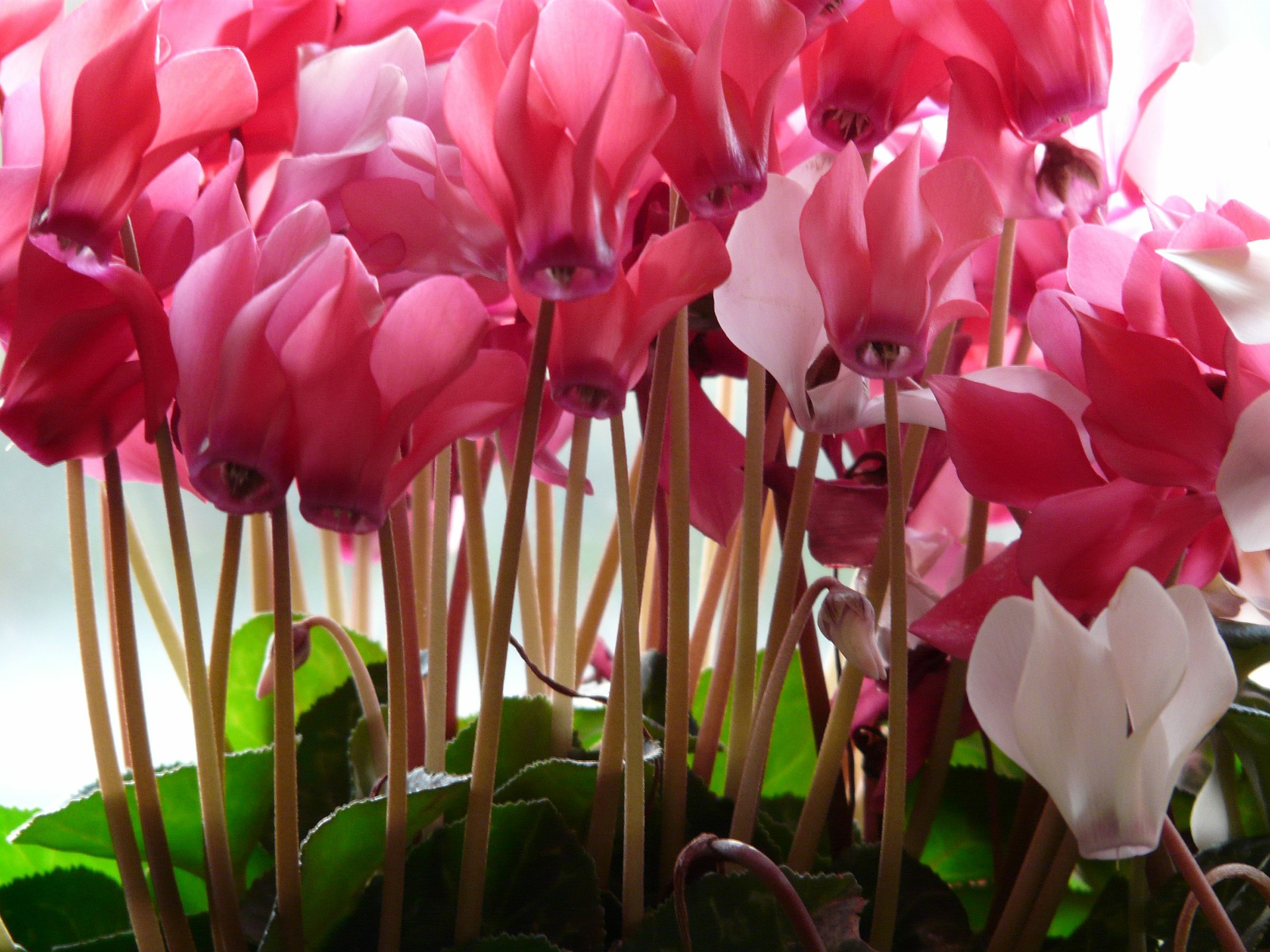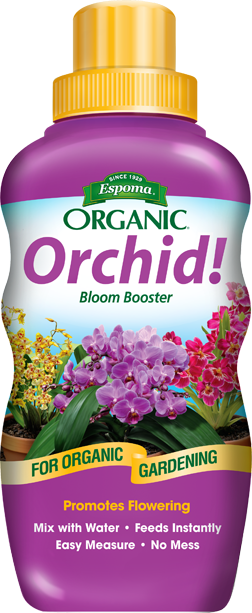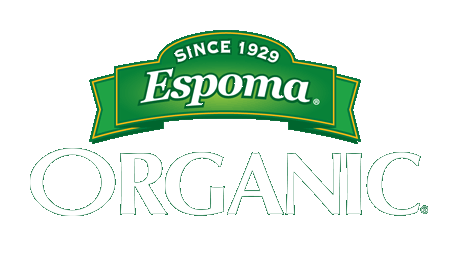What’s better than walking outside in the morning to fresh air and sunshine? Walking outside to find fresh air, sunshine and a beautiful container filled with spring blooms.
Refresh your porch or patio by adding a spring container. Get started by finding the perfect planter. There are tons of fun colors and patterns to choose from. Or get creative and use an unexpected object.
Check to make sure the container has drainage holes at the bottom and you’re good to go. We recommend using Espoma’s organic potting mix to fill the container and then mixing in Espoma’s Bio-tone Starter Plus with the soil to give it that extra oomph.
Once nighttime temperatures remain above freezing, not dipping below, 30°F, you’re reading to plant.
Read on for our top plant choices to fill your containers with this spring.

Pick Lovely Perennials
English daisies, hellebores, pansies, primroses and bergenia make for good choices for early perennials. Find out if a plant can’t tolerate the cool temperatures of early spring by referencing the USDA Plant Hardiness Zone Map.

Go for Classic Spring Blooms
It’s OK if you didn’t plant spring-blooming bulbs such as tulips and daffodils in the fall. Just stop by your local garden center to pick up already-blooming bulbs and pop them into your container for an instant pick me up.
Stock up on Hydrangeas
Certain dwarf varieties of hydrangeas can really pack a punch when paired with a decorative container. Scroll through our Hydrangea Variety Guide to find the right dwarf hydrangea for you. Then, find a spot that matches the amount of light they need.
If you want to grow blue hydrangeas, mix in Espoma Organic Soil Acidifier. For pink hydrangeas, add Espoma’s Organic Garden Lime. Then fill planter with potting soil, and plant the hydrangea at the same height it was previously growing.

Looking for a different spring project? Learn how to make these easy paint can succulent containers.








